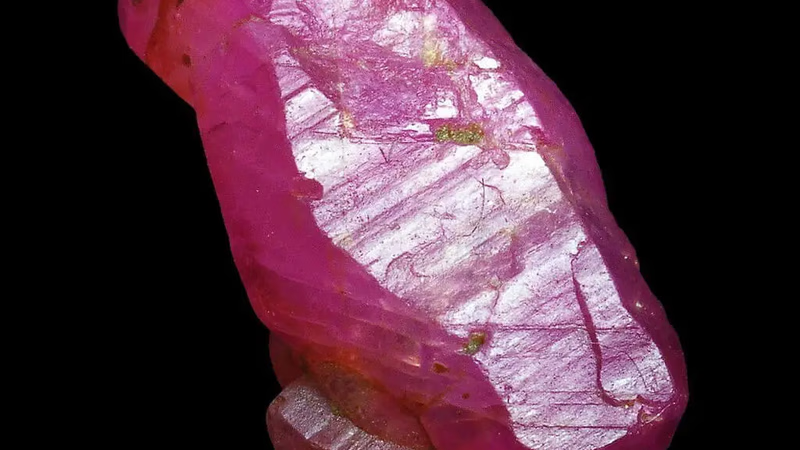
Identifying original ruby gemstones through color and shine.
Ruby is known for its vibrant red color. The color should be intense and evenly distributed, without any noticeable variations or undertones. A genuine ruby typically exhibits a deep red hue. Be cautious of stones that appear too light or have hues of orange or pink, as they may be lower-quality rubies or other gemstones. Examine the gemstone for any visible flaws or inclusions. Natural rubies often have some internal imperfections, such as tiny crystals or rutile needles. However, be wary of rubies that appear flawless or overly perfect, as they may be synthetic or lab-grown.
The refractive index measures how light bends as it passes through a gemstone. Rubies have a relatively high refractive index. A gemologist can use a refractometer to determine the refractive index of a ruby, helping to differentiate it from other gemstones. Rubies are one of the hardest gemstones, scoring 9 on the Mohs scale of mineral hardness. They are second in hardness only to diamonds. Therefore, a genuine ruby should scratch glass and other materials with a lower hardness. Be cautious if a gemstone easily gets scratched or shows signs of wear, as it may not be a genuine ruby.
One of the signs to recognize stone is to pass through rock the rays UV, and a variety of prosthetic these properties are not ruby. In general, all precious stones and jewelry have a similar and counterfeit sample, which is much less expensive than the real sample. How to recognize the main type of counterfeit is one of the most important things that should always be considered when buying jewelry, which in the following section we will discuss three ways to identify it :
- Color and shine:
One way to know the original ruby is a counterfeit of its color. The main type is bright and transparent in the light of lights, and this is a property of ruby, and in counterfeit stones, most of these colors are opaque. If the gemstone is dark red, it may be garnet. Check the solid red color of this gem everywhere, and if you find spots that are scratched and have a different color, it indicates that it is counterfeit. - Compare ruby with a red glass:
Precious stones and other types are forged using glass. If the glass and stone were similar, you can see that the stone is fake. - Try to scratch its surface:
Gemstones have a high degree of hardness, and as mentioned above, one of the properties of ruby is that only diamond and one other stone can scratch it. Using the same property of ruby, you can largely separate the original type from the counterfeit. Therefore, everybody and object, except for the above, if it can scratch it, it indicates that the stone is counterfeit, and counterfeit stones do not have this property of the original ruby.
Ruby has excellent heat conductivity. Gemologists can use a thermal conductivity meter to measure the gemstone's ability to conduct heat. A high reading indicates that the gemstone is likely a natural ruby. Some rubies exhibit fluorescence under ultraviolet (UV) light. Genuine rubies can display a strong red fluorescence. However, the absence of fluorescence does not necessarily indicate that a ruby is not genuine, as not all rubies fluoresce. Obtaining a certification from a reputable gemological laboratory, such as GIA (Gemological Institute of America), can provide assurance regarding the authenticity and quality of a ruby. A professional gemologist thoroughly examines the gemstone and issues a certificate detailing its characteristics.
-

Identifying a genuine ruby gemstone involves several key characteristics. Authentic rubies display a vibrant, deep red color that is evenly distributed, without any noticeable variations. Flaws or inclusions are common in natural rubies, while flawless stones may be synthetic. The refractive index is another important factor; rubies have a high refractive index that can be measured with a refractometer. Additionally, rubies score 9 on the Mohs hardness scale, making them resistant to scratches from most materials. To differentiate real rubies from counterfeits, one can compare the stone"s color and shine with red glass or test its hardness by attempting to scratch it with other materials. Genuine rubies also exhibit excellent heat conductivity and may fluoresce under UV light. Certification from reputable gemological laboratories can further confirm authenticity and quality. "
-
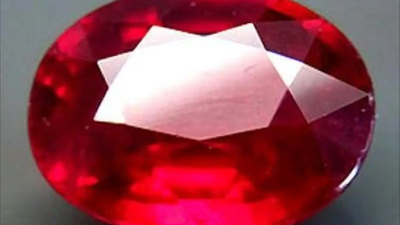
Ruby is a gemstone associated with vitality, passion, and energy. It is believed to enhance physical and emotional strength, promoting motivation and courage. Traditionally linked to love and romance, ruby is thought to deepen emotional connections and attract devotion. Additionally, it possesses protective qualities, shielding against negative energies and providing a sense of security. Ruby is also seen as a symbol of good fortune, believed to bring luck and prosperity in various life aspects, including business endeavors. Its healing properties are noted for improving blood health and boosting the immune system. The stone is said to increase energy levels, promote circulation, and support overall well-being. Historically revered in myths and cultures, ruby has been used as a talisman for power and protection.
However, its potent energy can lead to negative emotions if misused. Ruby"s benefits extend to women’s health issues such as infertility and menstrual pain relief. It is also recommended for treating fever by placing it on the third eye chakra or palm. Overall, ruby embodies strength, courage, joy, and self-confidence. "
-
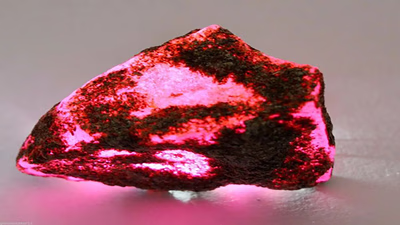
Rubies have been revered since ancient times, with origins tracing back to around 2000 BC in India, where they were known as "ratnaraj" or "king of gemstones. " Ancient texts associated rubies with power, protection, and good fortune. In Europe during the Middle Ages, rubies became symbols of wealth and status among royalty, often featured in crowns and religious artifacts. The Black Prince"s Ruby is a notable historical example, linked to English royalty. By the 13th century, Burma emerged as a key source of high-quality rubies, particularly the prized "pigeon"s blood" variety. Other regions like Thailand and Sri Lanka also gained recognition for their rubies over time. The 19th and 20th centuries saw advancements in mining and trading that made rubies more accessible to the general public. Today, rubies are celebrated for their vibrant color and historical significance, frequently used in fine jewelry and engagement rings. Their symbolism encompasses love, passion, courage, and vitality.
-
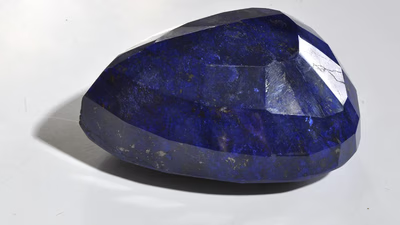
The value of Asian rubies is primarily influenced by color, clarity, size, and cut. The most sought-after rubies exhibit a vivid red hue with a hint of blue, known as "pigeon"s blood" red. Clarity is also crucial; rubies with fewer inclusions are more valuable. Size plays a significant role, as larger rubies are rarer and command higher prices per carat. The cut affects the gem"s brilliance and overall appearance, with well-cut stones being more desirable. Market demand can drive prices up based on origin and specific qualities. Notably, Burmese rubies are historically the most valued due to their exceptional characteristics. Other notable sources include Vietnam, Sri Lanka, and Thailand, each producing distinct color variations.
While heat treatment is common to enhance ruby quality, untreated stones with natural brilliance are considered more valuable. Understanding these factors is essential for buyers and sellers in the Asian ruby market.
-
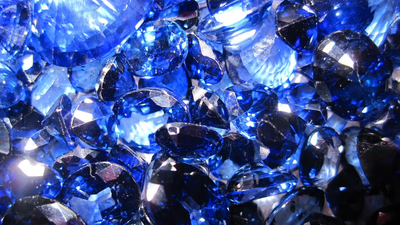
Ruby is renowned for its intense red color, ranging from deep red to purplish or orangish-red, with the most prized hue being "pigeon"s blood" red. Scoring a 9 on the Mohs scale, rubies are among the hardest gemstones, making them durable and suitable for jewelry. Their brilliance and luster are enhanced by proper cutting and polishing, with transparent rubies being the most valuable. Larger rubies are rare and command higher prices. Inclusions within rubies can affect clarity and value; however, some inclusions may be acceptable based on their characteristics. Rubies symbolize love, loyalty, and wealth, often associated with royalty throughout history. The gemstone"s color is attributed to chromium impurities in its structure. Notable sources of high-quality rubies include Burma (Myanmar), Thailand, Sri Lanka, Tanzania, Mozambique, and Madagascar. Rubies have cultural significance across various societies and are believed to bring good fortune.
-
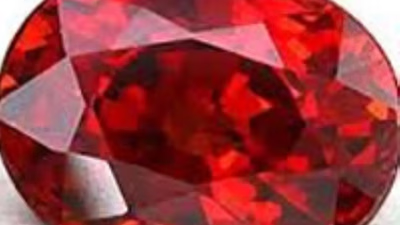
The article highlights some of the largest and most famous ruby gemstones in the world, detailing their weights, origins, and unique characteristics. The Rajaratna Ruby, weighing approximately 2,475 carats, is noted as one of the largest rubies and is housed in Jaipur"s Albert Museum. The Rosser Reeves Star Ruby, known for its six-ray star effect, weighs 138. 7 carats and is displayed at the Smithsonian Institution. Other notable rubies include the Delong Star Ruby from Burma at 100. 32 carats, the Sunrise Ruby recognized for its color and clarity at 25. 59 carats, and the Chhatrapati Manik from India at 20. 6 carats.
The Graff Ruby is also mentioned for its high value after being sold at auction. Additionally, the Liberty Bell Ruby stands out due to its unique shape and weight of 8,500 carats. The Neelanjali Ruby is highlighted for its deep red color and royal significance in India. Lastly, the Pride of Burma garners attention for setting a record price per carat at auction. "






